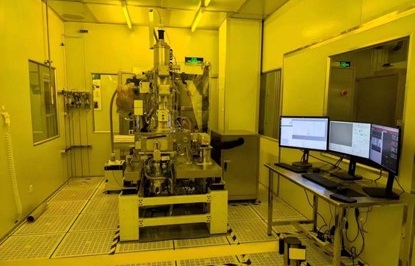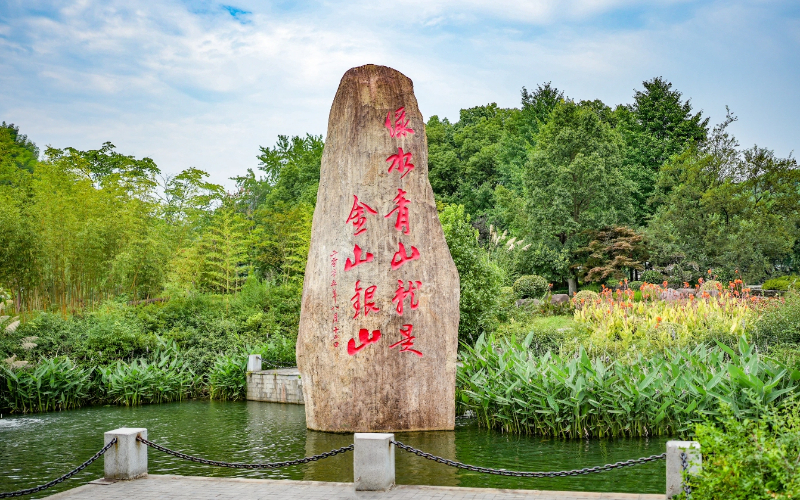China unveils first homegrown electron beam lithography machine

China's first homegrown commercial electron beam lithography machine "Xizhi."
China's first homegrown commercial electron beam lithography machine, called "Xizhi," has entered the testing phase, a significant leap in the field of quantum chip development, the Xinhua Finance reported on Thursday. Its precision matches that of mainstream equipment in the world, representing a milestone with a "Chinese engraving tool" for quantum chip development.
The development provides China with a key tool for advancing quantum chip research and development (R&D), said the Xinhia Finance report.
"Xizhi" was independently developed by Zhejiang University's Yuhang Quantum Research Institute, achieving a precision level that matches mainstream international equipment, according to a local Hangzhou Daily report.
With an accuracy of 0.6 nanometers and a line width of 8 nanometers, the machine can perform highly precise operations, essential for the development of advanced quantum chips.
"This is not an ordinary machine; it is a 'nano-pen' capable of engraving an entire city map on a strand of hair," said a research team representative, the Hangzhou Daily reported. The machine, which resembles a large steel cabinet, uses a high-energy electron beam to "write" circuits on silicon wafers, said the Hangzhou Daily report.
This technology allows for flexible design changes without the need for photomasks, making it particularly suitable for the initial stages of chip development where frequent adjustments are necessary, the team said. Relying on the provincial key laboratory, this next-generation 100 kilovolt electron beam lithography machine "Xizhi" has officially entered the market, the Hangzhou Daily report said.
The development of "Xizhi" is especially significant given past restrictions on exporting such advanced equipment to China. Due to international export controls, top domestic research institutions and enterprises, including the University of Science and Technology of China and Zhejiang Lab, had long been unable to procure similar devices, said the representative, according to Hangzhou Daily.
"However, the commercialization of 'Xizhi' not only fills this domestic gap but also establishes a complete domestic chain," the representative said.
Named after the famed Chinese calligrapher Wang Xizhi, the machine symbolizes the precision and delicacy of calligraphy at the nanoscale. "Our 'brush' is the electron beam, which writes circuits on chips," noted the representative.
This equipment focuses on core processes of quantum chips and new semiconductor R&D, allowing for flexible adjustments to the design without requiring a photomask, much like using a nanoscale brush to paint detailed patterns on a chip. It is particularly suited to repeated debugging in early chip development.
The machine is expected to enhance China's competitiveness in high-end manufacturing and support related scientific research and industries, he said.
-
Xi's ecological vision provides global solutions
August 15, 2025
-
Echoes of Romance from East to West
August 12, 2025
-
Nine Hangzhou-based companies make Fortune Global 500 list
July 30, 2025
-
Visionary Pathway - Hangzhou Playbook
July 15, 2025



